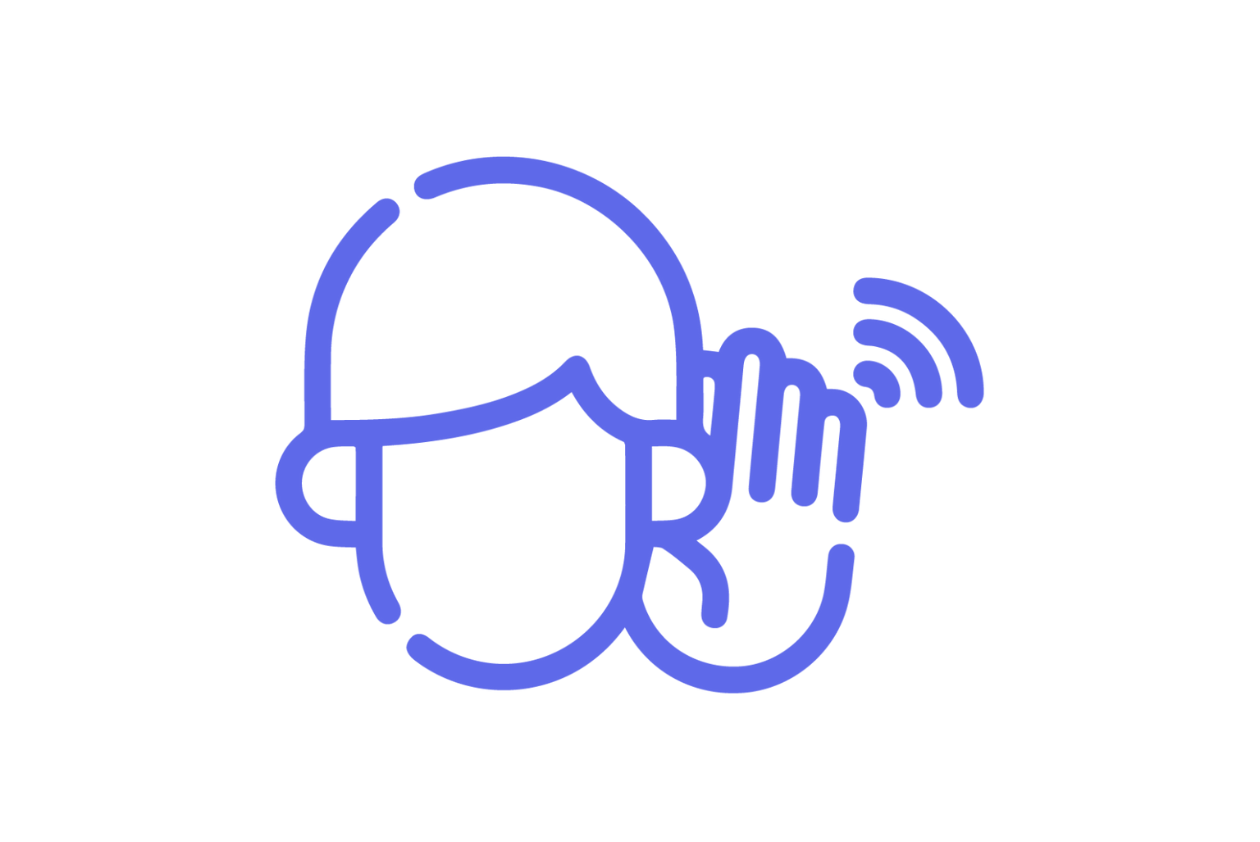Change communication: without strategy, no support
A major restructuring at an international food company caused turmoil in the workplace. Hundreds of jobs were at risk, which deeply affected the employees. Tensions rose, eventually leading to strikes. In the end, trade unions intervened and initiated discussions with management to calm the situation. Barely a month later, the company announced a significant expansion. Meanwhile, the entire affair received widespread media coverage.
- How do you tailor change communication to all target audiences?
- How do you ensure your communication doesn't backfire?
- How do you (re)build trust during a period of unrest?
When an international food company rolled out a major restructuring plan, tensions quickly rose as the scale of the changes became clear. Hundreds of employees faced the threat of losing their jobs. In response, workers organized work-to-rule actions and, after difficult labor negotiations and a lack of communication, eventually went on strike.
For months, employees were left in the dark as they waited for talks with management. Internal trust took a serious hit, and the widespread media coverage of the restructuring also fueled public confusion and concern.
A month later, once the dust had settled, the company shared a new message: a major investment would be made in several new sites. This was welcome news for shareholders and investors, but another blow for (former) employees. Communication about investments can leave a bitter taste when hundreds have just been shown the door.
What was missing in this story was a bridge between those two messages. A well-thought-out change communication strategy prioritizing timing, empathy, engagement and consistency, is crucial. Without that bridge, space is created for speculation and distrust takes over.
Our three tips:
Tip #1: Prepare flexible communication procedure
Bringing a clear message is key, but it is even more important when you communicate and to whom. Especially when dealing with sensitive topics. What is currently at stake among employees, unions, customers or the press? What sounds right today, could be misinterpreted tomorrow. That’s why you need to keep your communication plan flexible and your key messages checked internally with all stakeholders. Prepare an FAQ for internal use.
Include various scenarios in your communication plan and practice them. Do not only train your spokesperson, but also everyone who might interact with the outside world: HR, communication, direction, … They should also know what is going on and should be trained to handle sensitive messages. This way, you ensure that during a crisis situation, everyone gives the same key message in a united and consistent tone.
Prepare various responses, depending on the reaction you anticipate. This way, your plan does not become a checklist, but an agile navigation tool for difficult messages.
Tip #2: Create a dialogue, not a monologue
When change communication fails, it is rarely due to a lack of technical skills (1). Most of the times, it is the human skills that fall short. Train employees not only on content, but also on attitude, because the tone of voice and empathy could make all the difference. And that requires a strategic approach and practice.
A good communication plan starts with transparancy (2)(3): do not only share what has been decided, but also why the decision was made, what is still uncertain and how the process will move forward. Be clear about what your employees can expect and acknowledge their concerns:
- Why are the lay-offs necessary?
- What is the vision behind the investments?
Concreticize change and explain the impact on employees (4), what it might bring them in the long run and how they can play a part in the new story (What’s In It For Me):
- What does it mean for the remaining employees?
- What is the plan for the future?
Change communication should not be a monologue. (5) The goal is not only to share the facts, but also to build support, acknowledge emotions, reduce uncertainty and lead the way.
Also include internal channels for feedback in your communication plan. Enter in dialogue with your employees and leave room for questions or nuance. Only in an environment where dialogue is possible, even when the message is difficult, can trust grow.
Tip #3: Build a communication culture
Crisis communication starts long before the crisis. The crisis communication plan is not a document to dust off when crisis hits, but a part of your company culture.
Make communication a topic in your organisation. Use calm periods to practice your scenarios and regularly train your spokespersons. Not only on content, but also on tone of voice, empathy and anticipating reactions.
Crisis communication deserves structural attention, and who integrates communication in their culture, grow the trust of employees, customers and stakeholders. And that is what makes all the difference in difficult times.
How can we help?
Already a member?
Train your team and upskill your employees:
- Prepare your team with a realistic crisis scenario simulation.
- Practice media communication during a Media Training or take part in our Crisis Communication Workshop.
Get support and advice during crisis situations:
- Count on our support during critical moments and receive tailored advice for your crisis communication.
Not a member yet?
Explore the world of crisis management and receive monthly practical cases and tips from the food industry.
Want to become a member?
We are here to support you with all your crisis-related challenges. Our experienced team guides you through every step of a crisis, from preparation to response and evaluation. As a member, you benefit from:
- A tailor-made programme with training and info sessions and simulations
- Support in drafting and reviewing your crisis procedures
- 24/7 expert advice in the event of a crisis
- Access to our network of external experts (doctors, professors, victim support, call center, …)
Contact us at contact@foodsecurity.com and discover what we can do for you.
Sources and further literature:
(2) https://whatfix.com/blog/best-practices-change-management-communication/
(4) https://online.hbs.edu/blog/post/how-to-communicate-organizational-change
Learning points

How a missed incident report led to a major recall
A consumer finds a piece of plastic in one of your products. What at first presented as an isolated case, turned out to be a tell-tale sign for a bigger issue. Several people re...

Food Fraud: What if your product unintentionally contains banned substances?
A banned substance ends up in your product through a raw material. The consequences are widespread: various products must be recalled, consumers are worried, and the reputation ...

How to keep calm when your company is targeted by an activist group
Recently, an imminent occupation by an activist group caused a stir at a major food company. After receiving a tip-off, the local police warned the company about the threat. In ...



